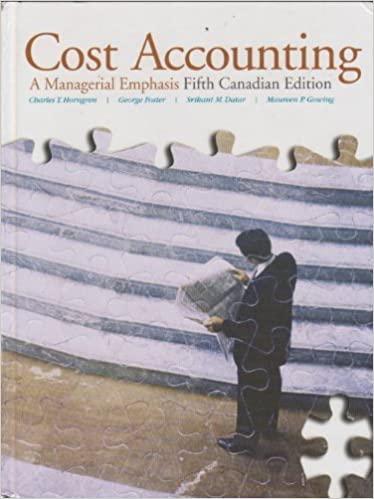Alternative methods of joint cost allocation, ending inventories. The Darl Company operates a simple chemical process to
Question:
Alternative methods of joint cost allocation, ending inventories. The Darl Company operates a simple chemical process to convert a single material into three separate items, referred to here as X, Y, and Z. All three end products are separated simultaneously at a single splitoff point. Products X and Y are ready for sale immediately upon splitoff without further process-
_ing or any other additional costs. Product Z, however, is processed further before being sold.
There is no available market price for Z at the splitoff point.
The selling prices quoted here are expected to remain the same in the coming year.
During 2009, the selling prices of the items and the total amounts sold were:
The total joint manufacturing costs for the year were $400,000. Darl spent an additional $200,000 to finish product Z.
There were no beginning inventories of X, Y, or Z. At the end of the year, the following inventories of completed units were on hand: X, 180 tonnes; Y, 60 tonnes; Z, 25 tonnes.
There was no beginning or ending work in process.
REQUIRED *
1. Compute the cost of inventories of X, Y, and Z for balance sheet purposes and the cost of goods sold for income statement purposes as of December 31, 2009, using the following joint cost allocation methods:
a. NRV method
b. Constant gross margin percentage NRV method.
2. Compare the gross margin percentages for X, Y, and Z using the two methods given in requirement 1.LO1
Step by Step Answer:

Cost Accounting A Managerial Emphasis
ISBN: 9780135004937
5th Canadian Edition
Authors: Charles T. Horngren, Foster George, Srikand M. Datar, Maureen P. Gowing





